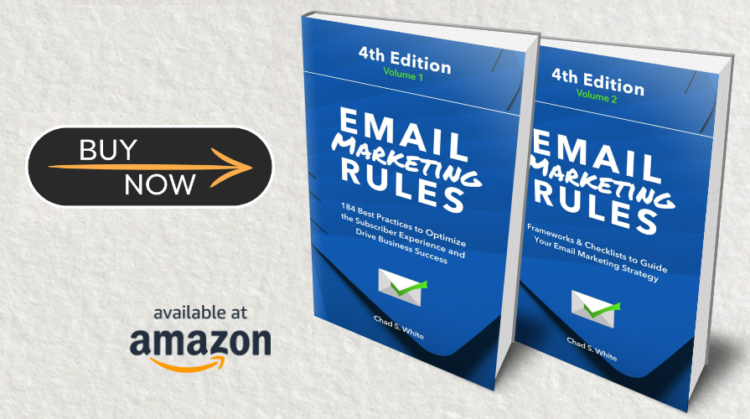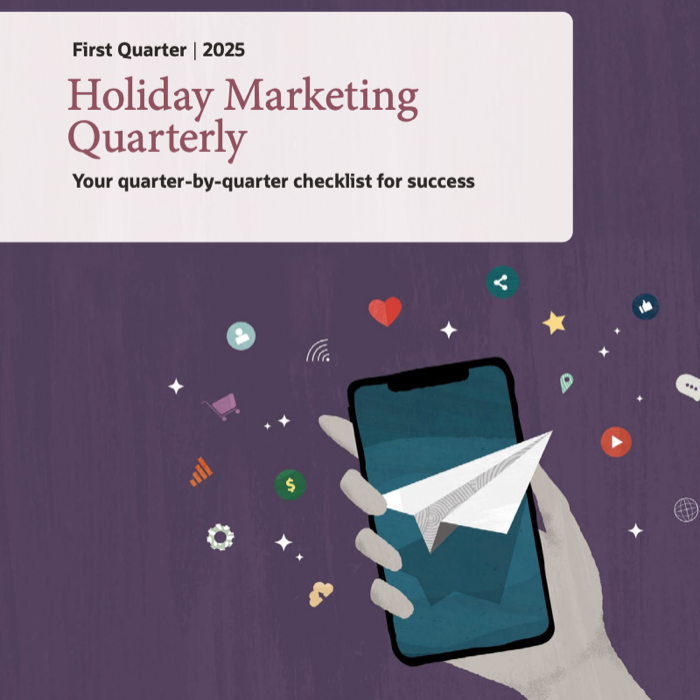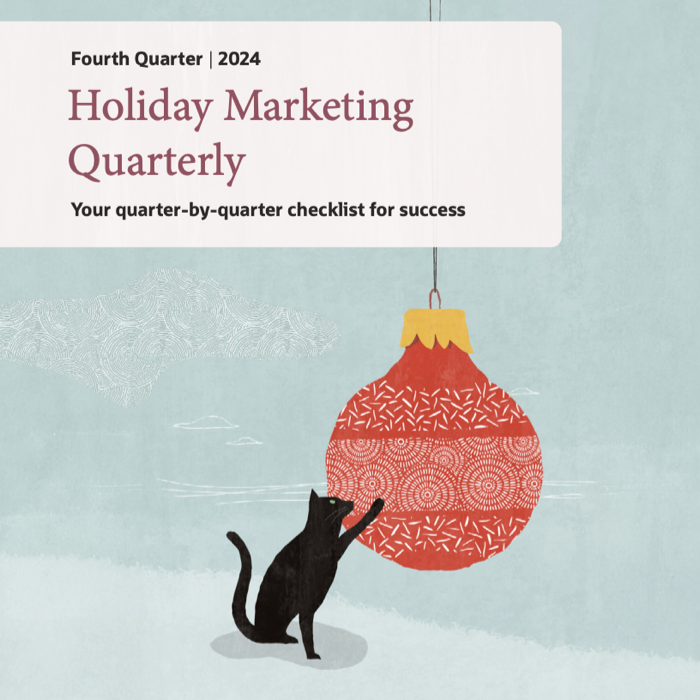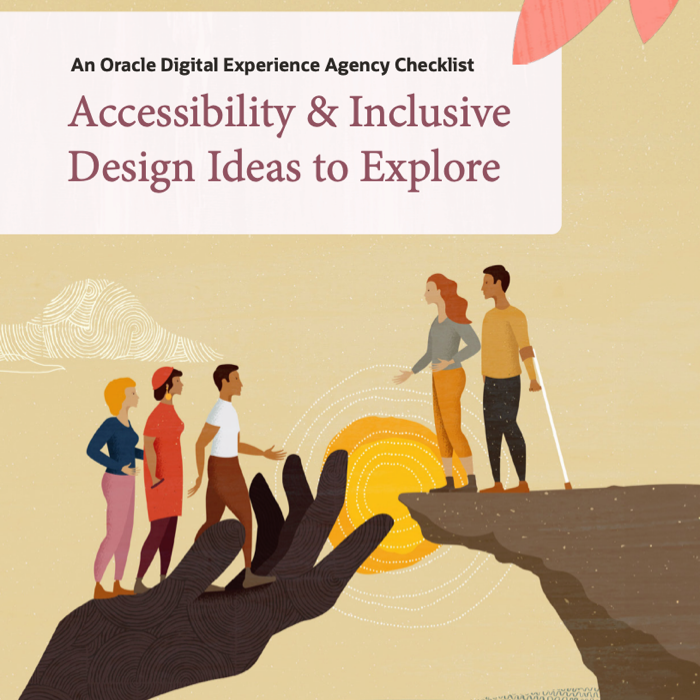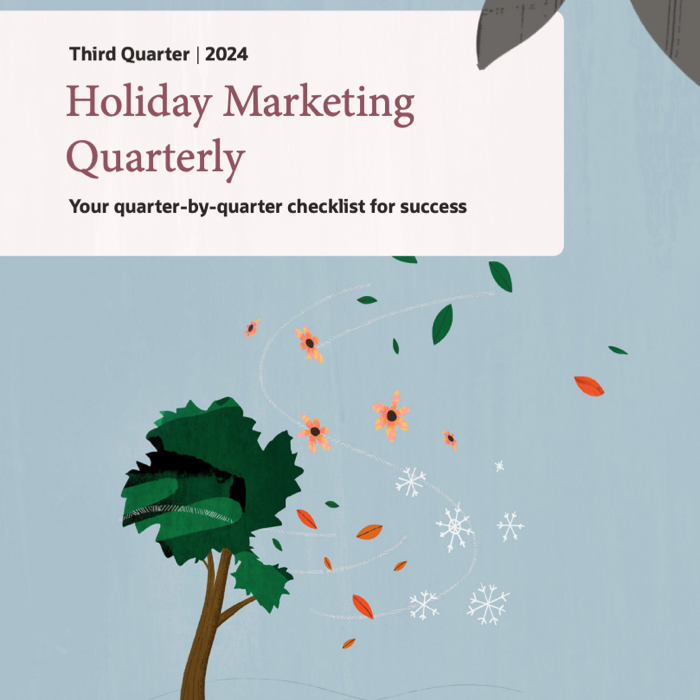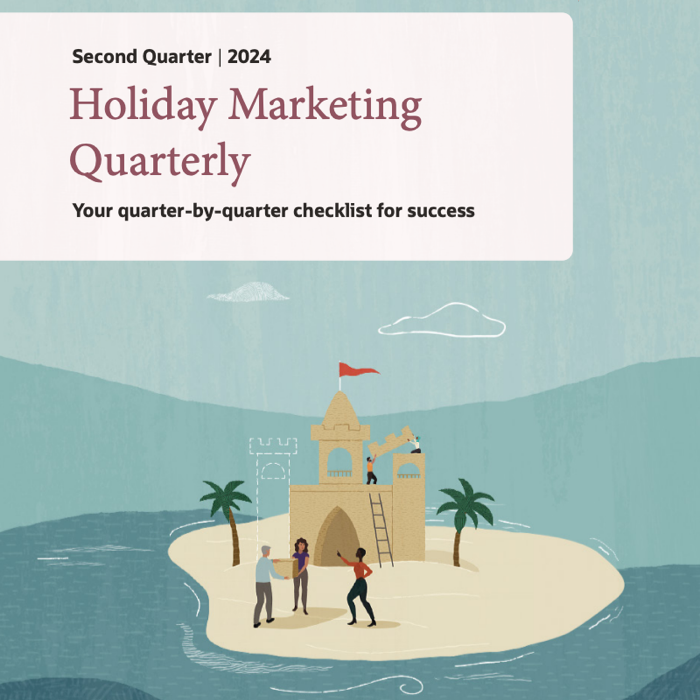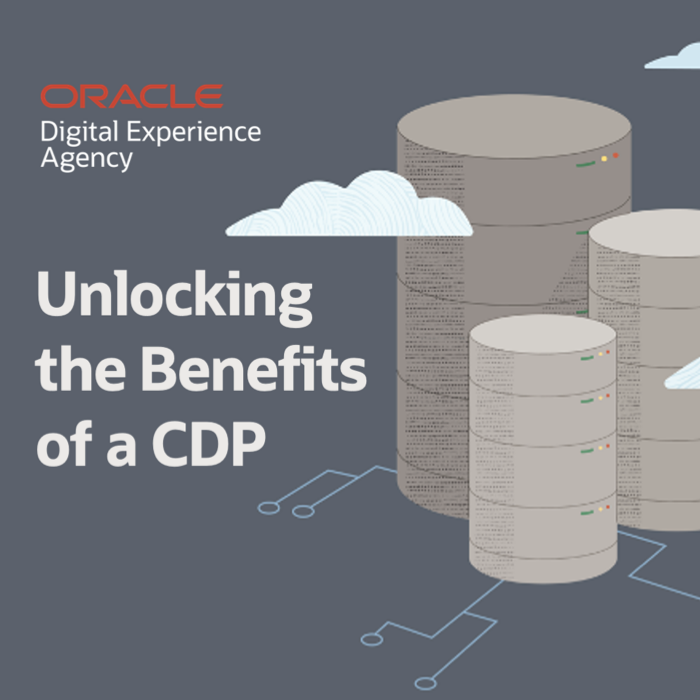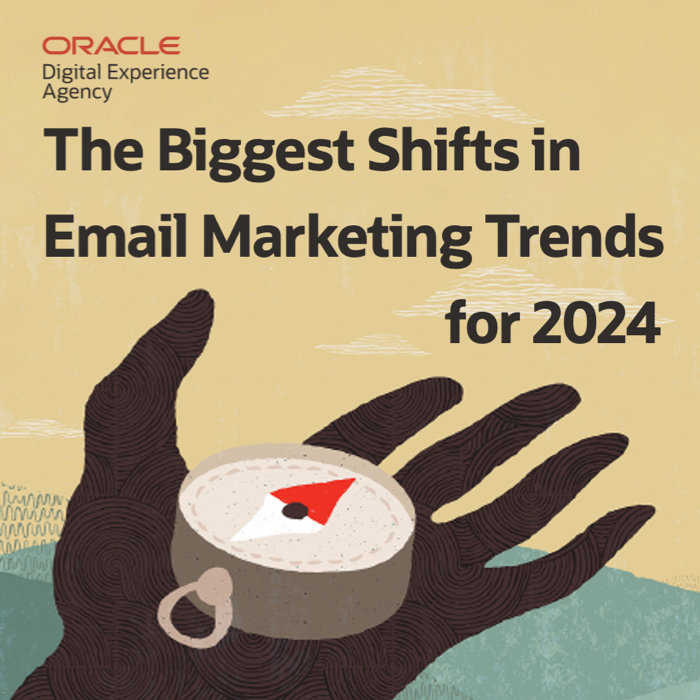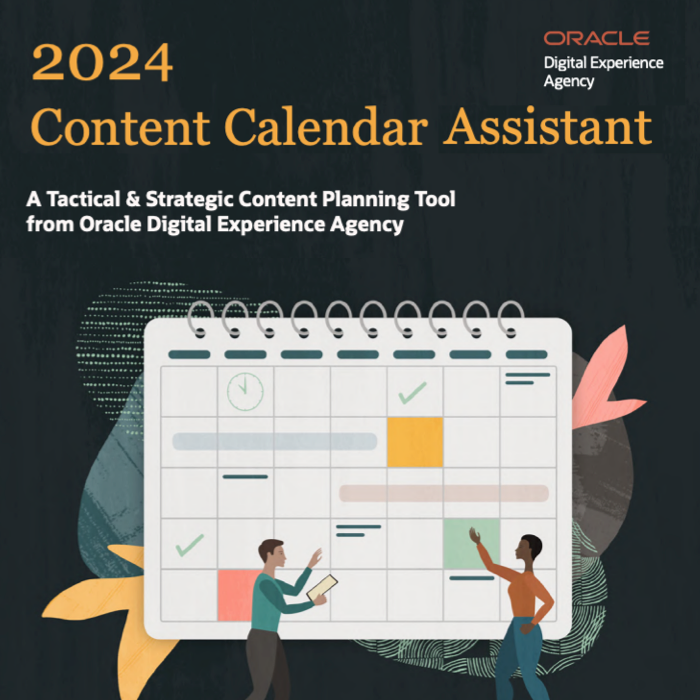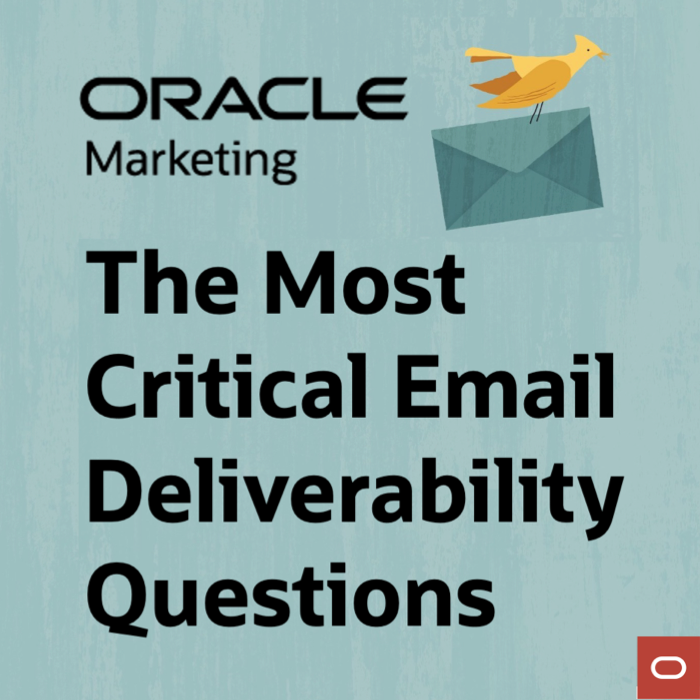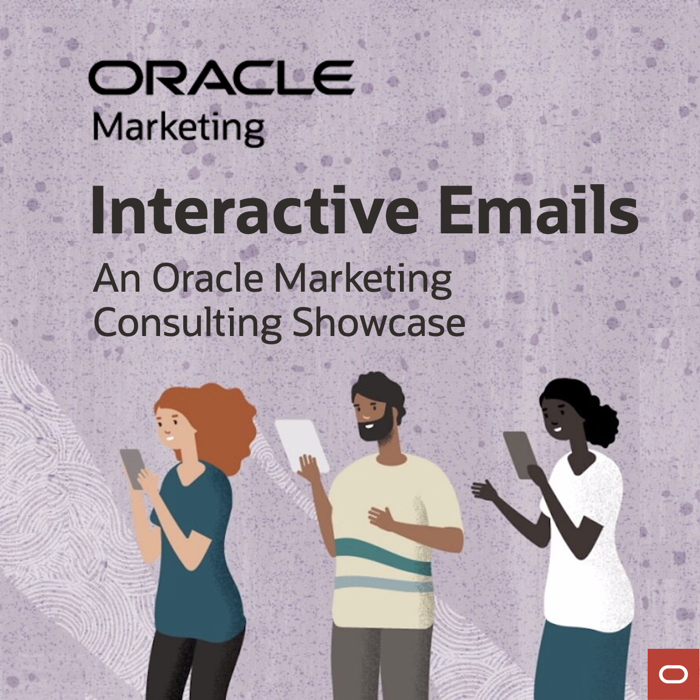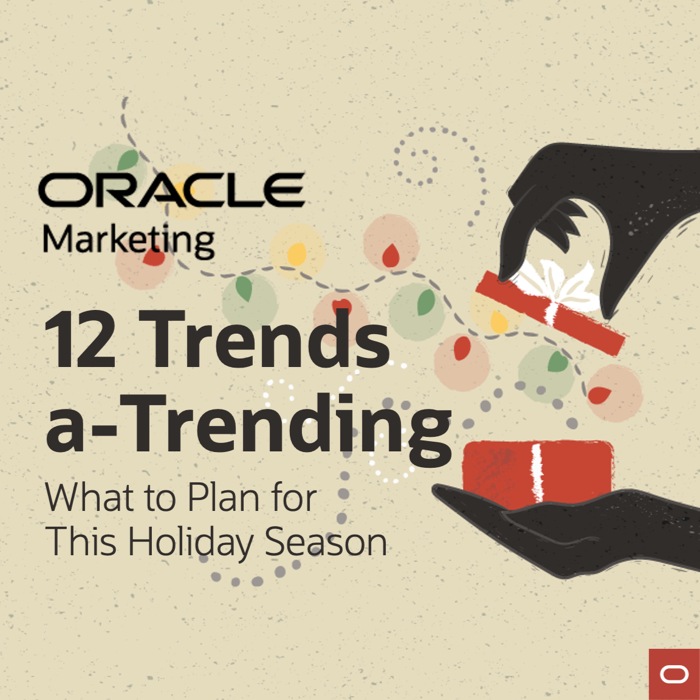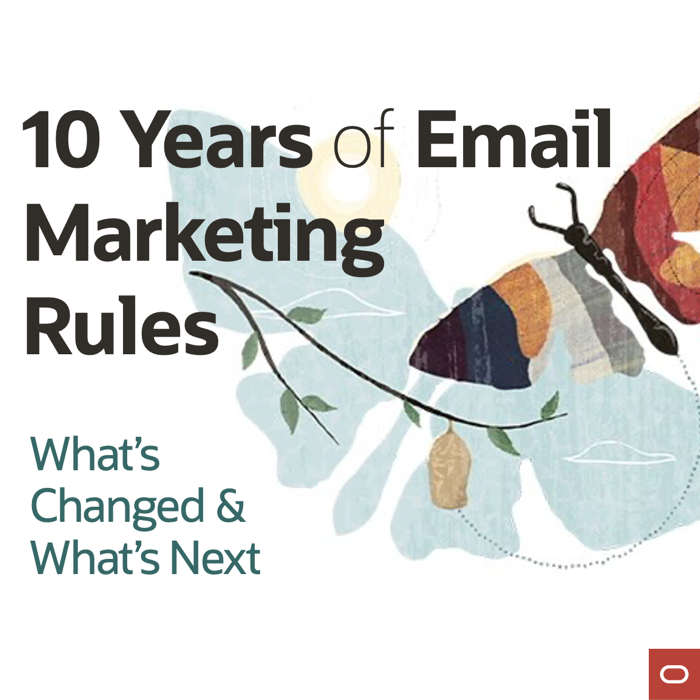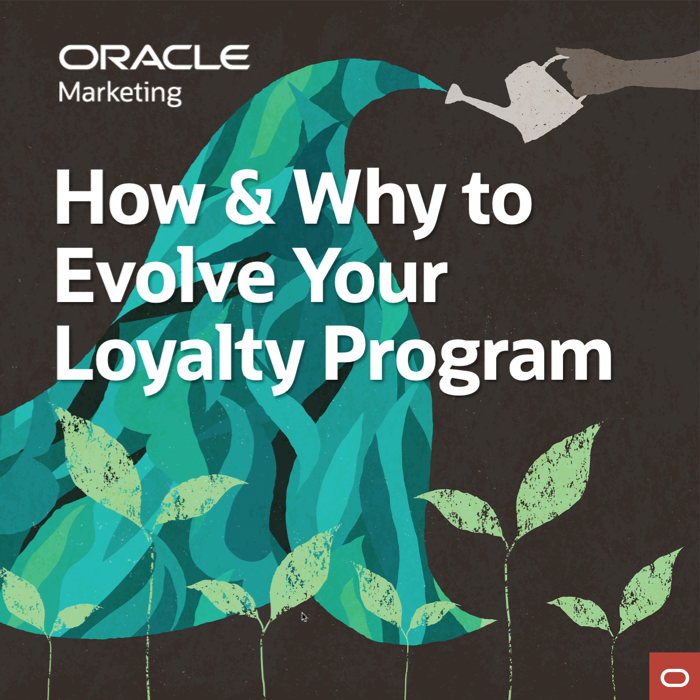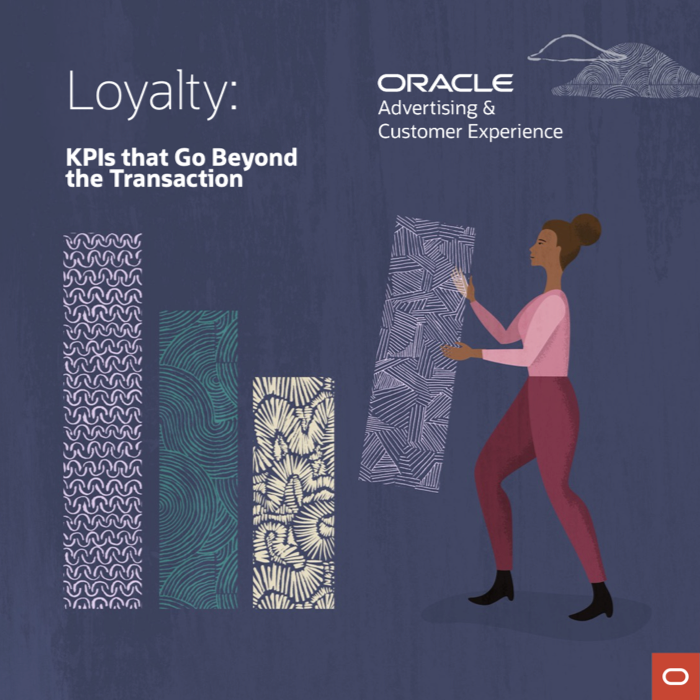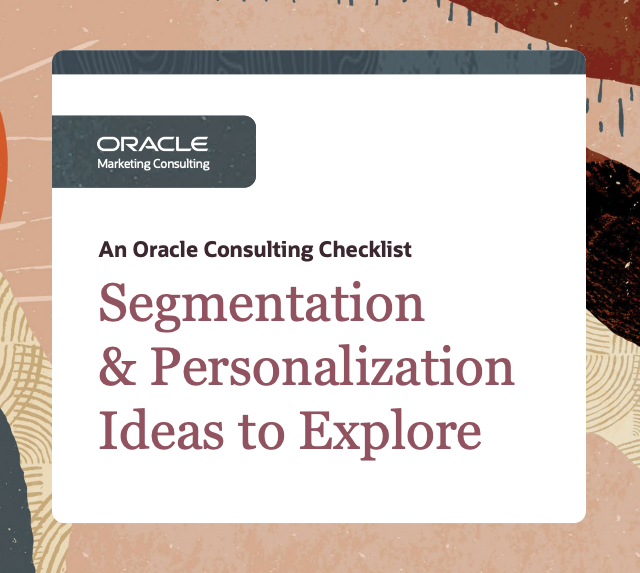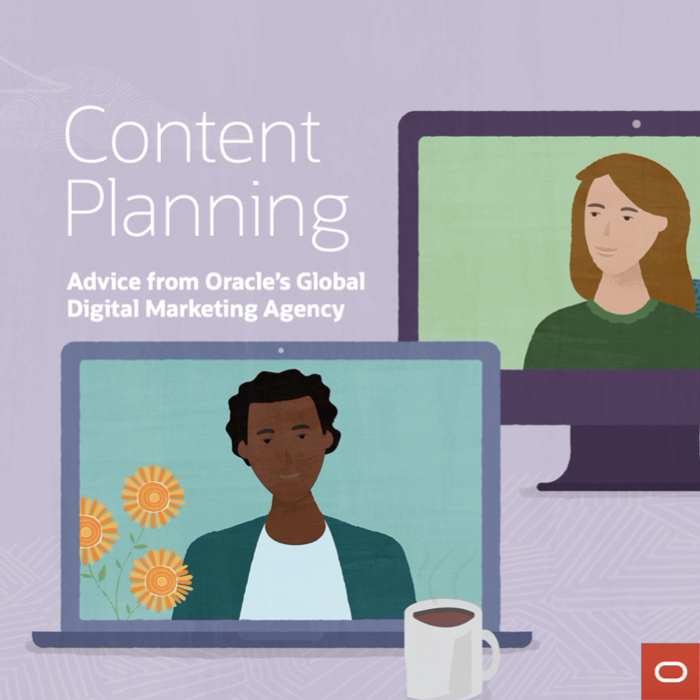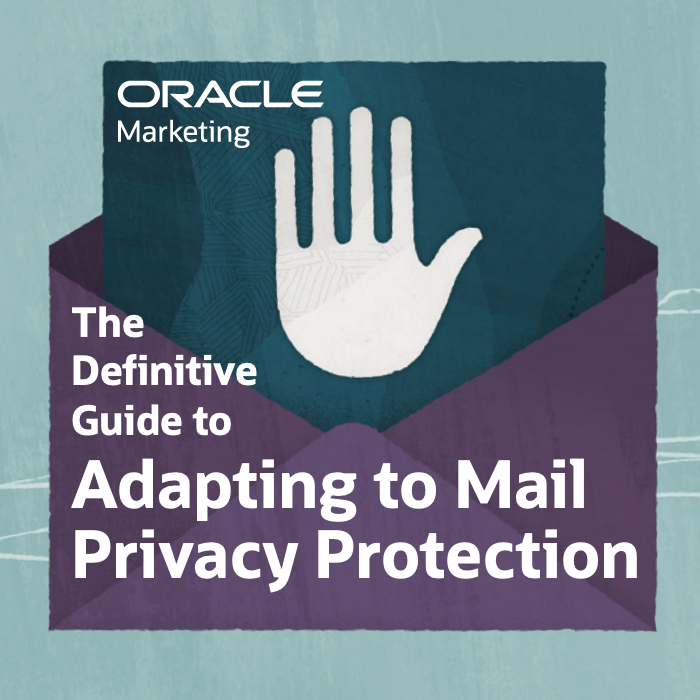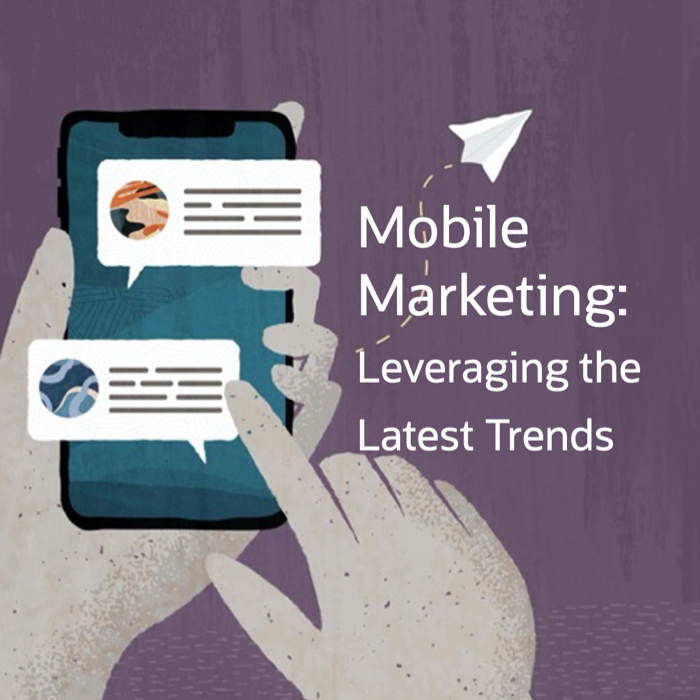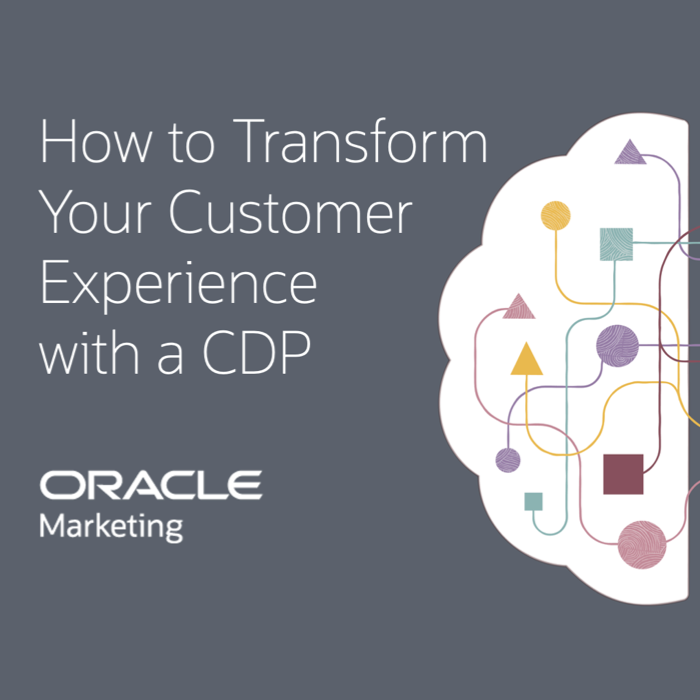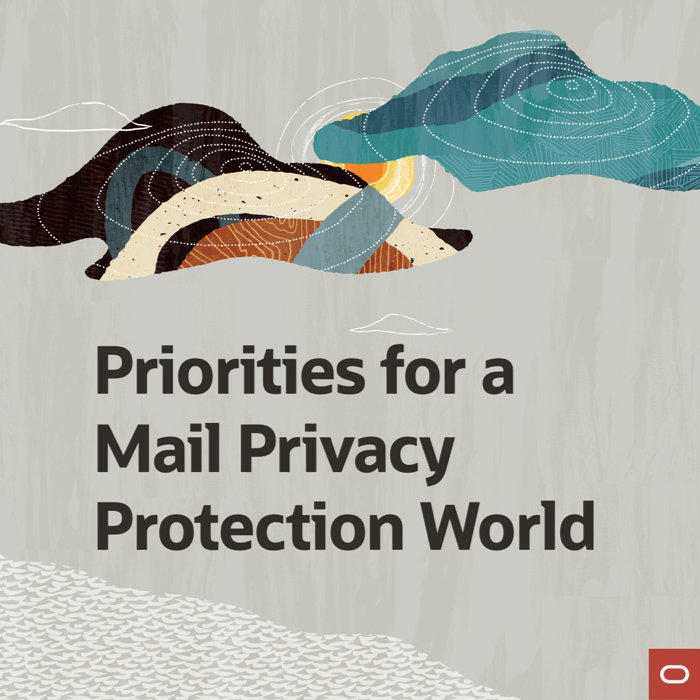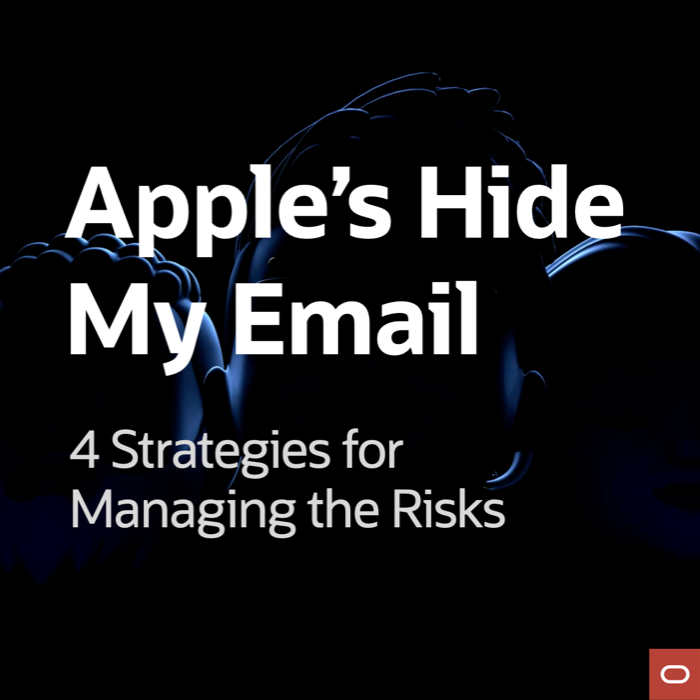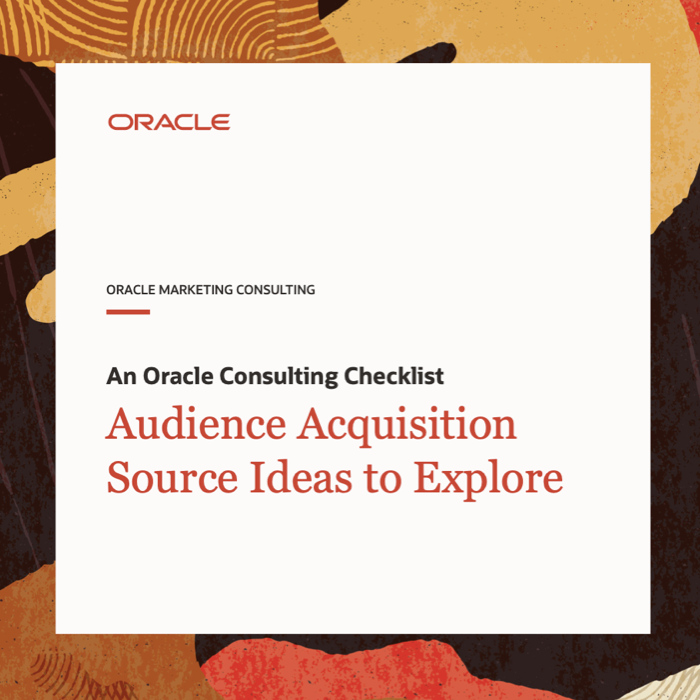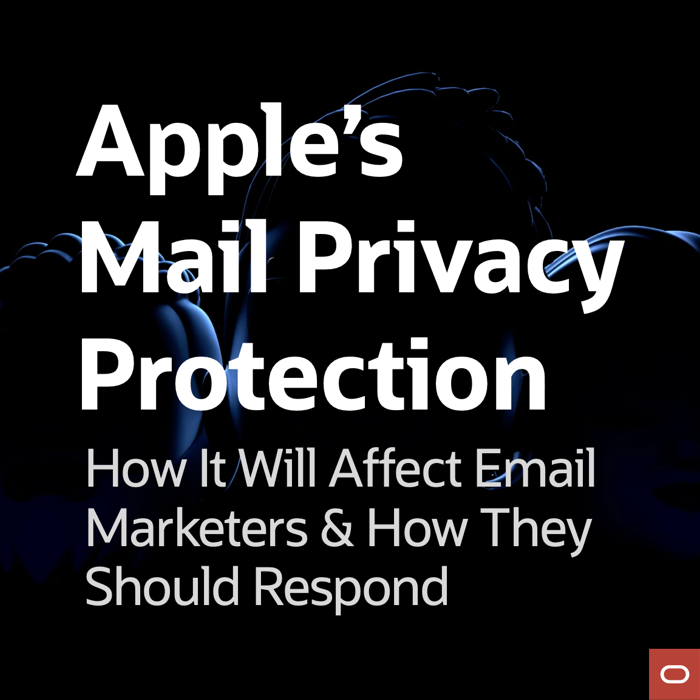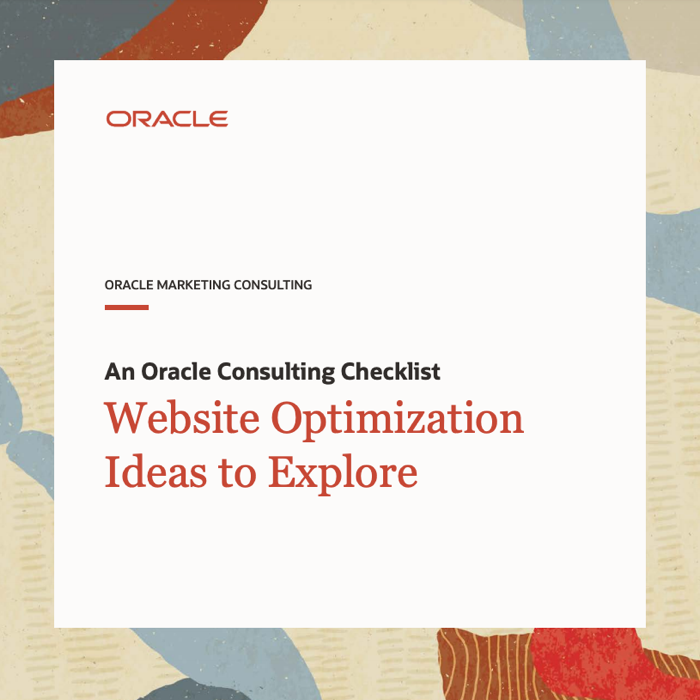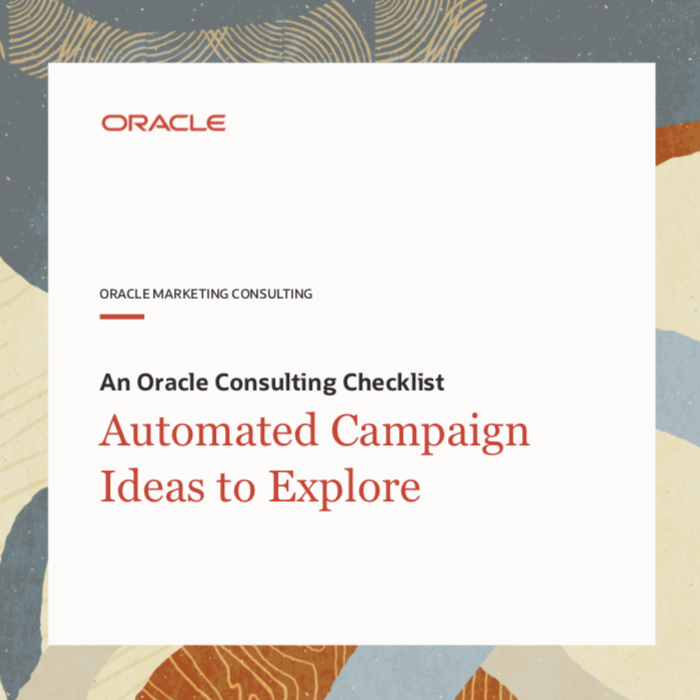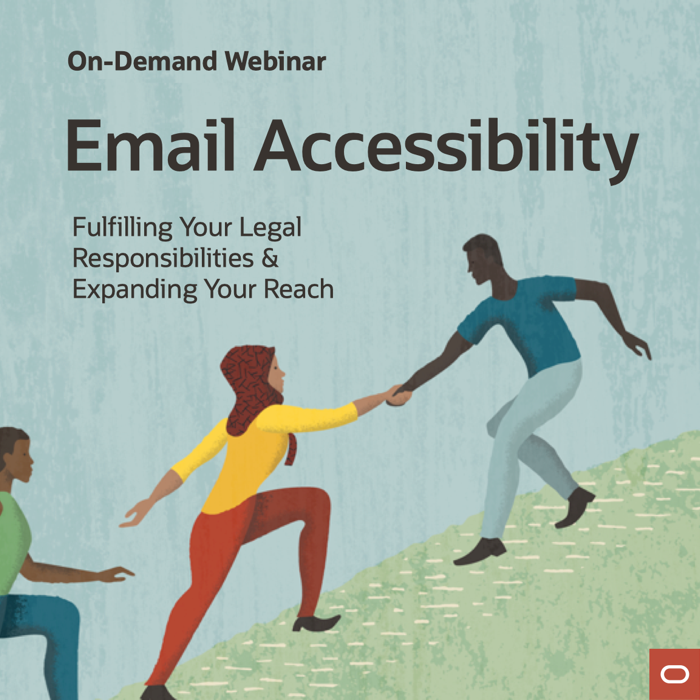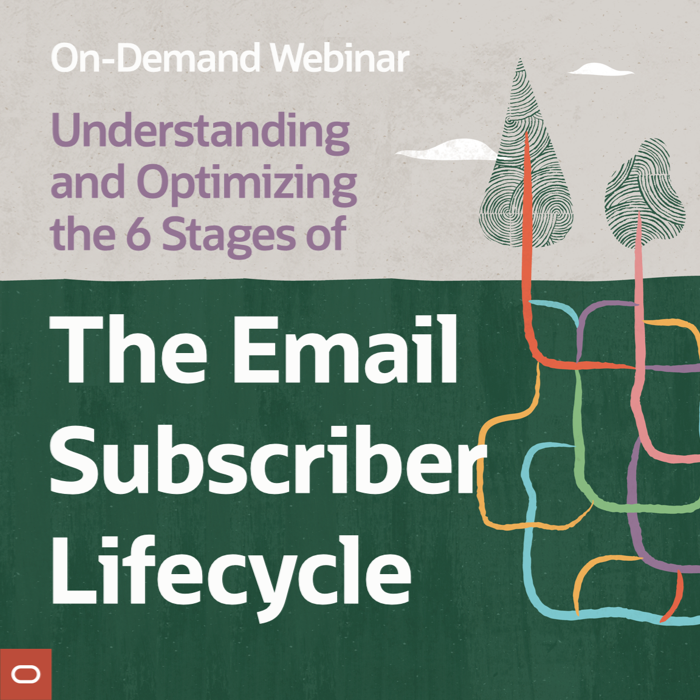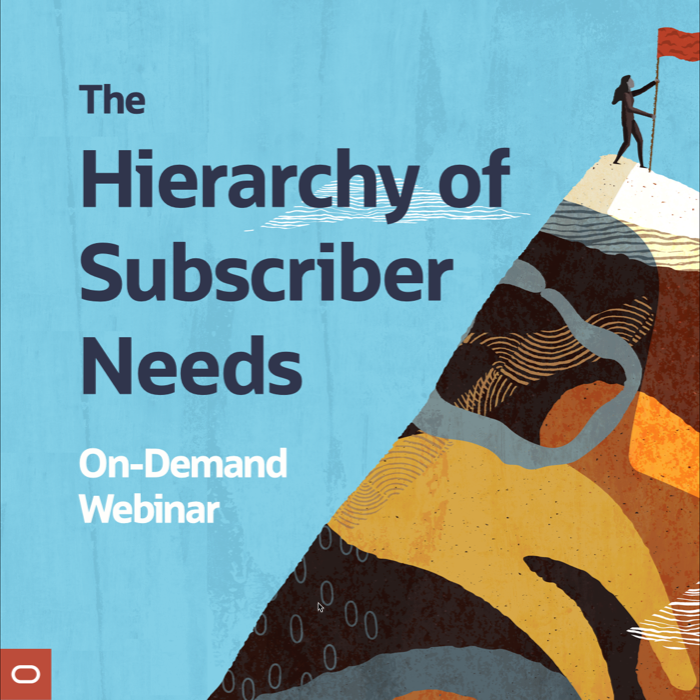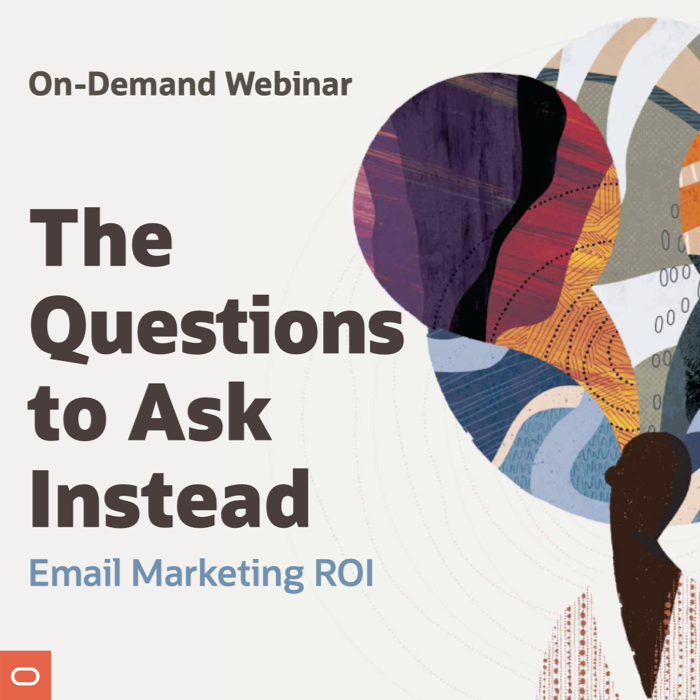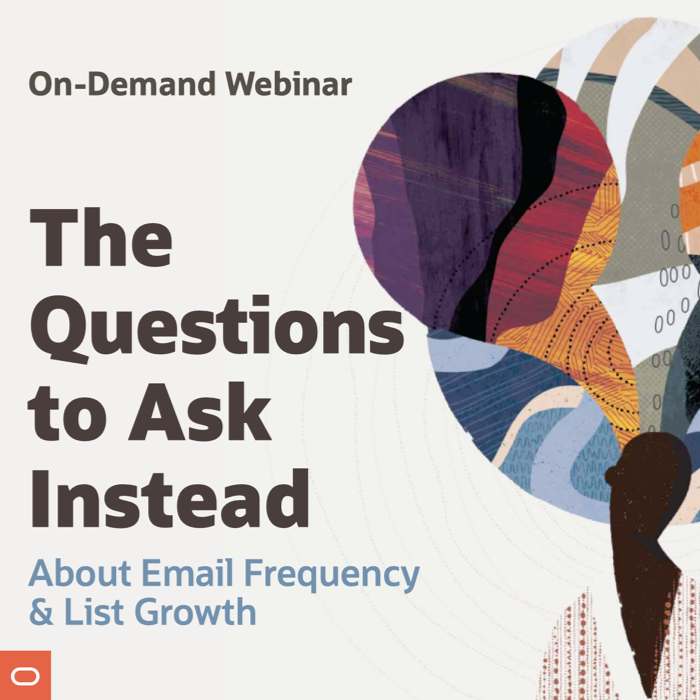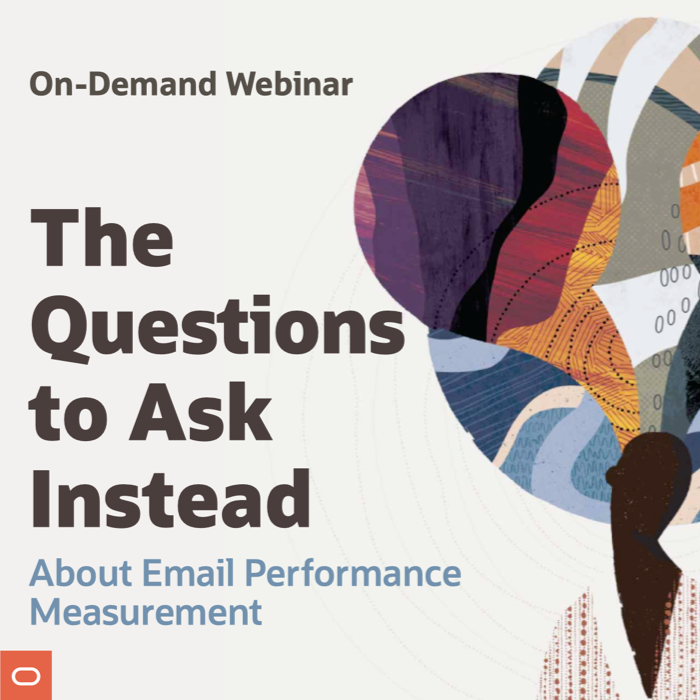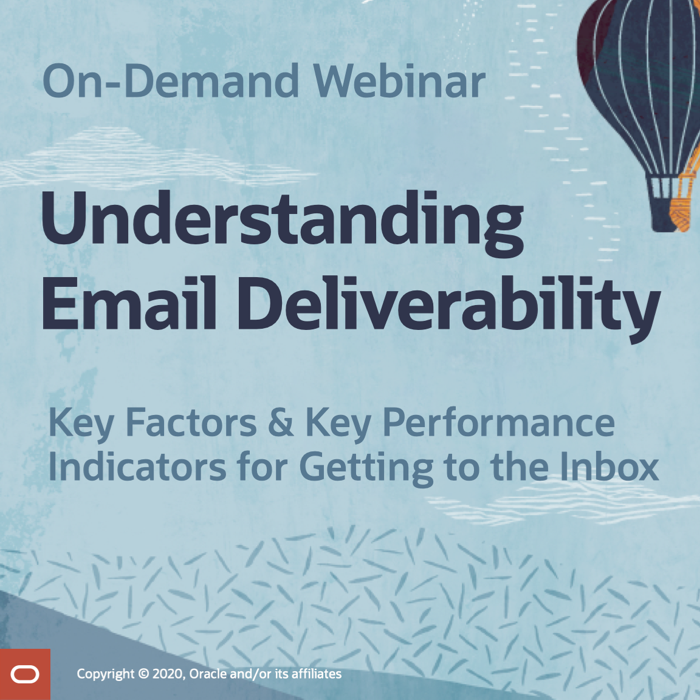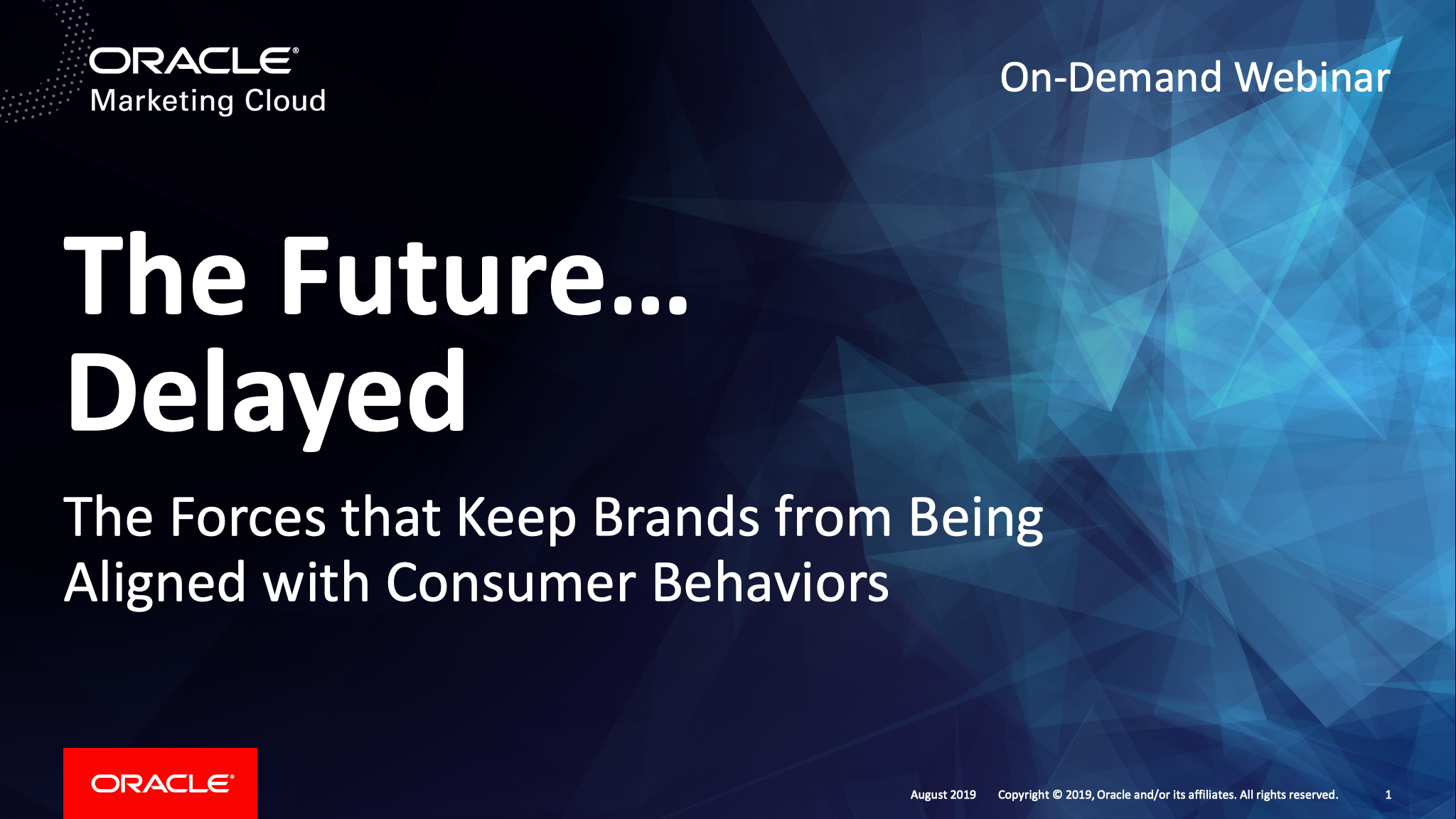2015 Top 10 Email Marketing Stats
Posted on December 8, 2015
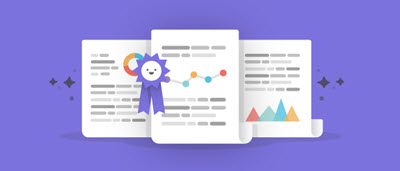 2015 marked a significant turn in the perception of email marketing in the media and in C-suites. After years of “Email Is Dead” headlines, this year brought renewed interest and headlines like The Triumphant Return of the Email Newsletter and Shop, Play Games, And Check Twitter—From Your Inbox.
2015 marked a significant turn in the perception of email marketing in the media and in C-suites. After years of “Email Is Dead” headlines, this year brought renewed interest and headlines like The Triumphant Return of the Email Newsletter and Shop, Play Games, And Check Twitter—From Your Inbox.
Ultimately, these predictions of email’s demise just weren’t supported by consumer behavior. Indeed, lots of fresh research shows that email is at the top of its game.
At the same time, research from this year also points to plenty of opportunities for marketers to improve their email marketing programs and rethink how consumers interact with brands via email.
A number of these stats are ones you might want to share with your CMO as budgets get finalized for 2016. So here we go…
>>Read the entire post on the Litmus blog
The Last Word on November 2015
Posted on December 2, 2015
 A roundup of email marketing articles, posts, and tweets you might have missed last month…
A roundup of email marketing articles, posts, and tweets you might have missed last month…
Must-read articles, posts & whitepapers
Email Marketing: 4 data points to help you build the case for a bigger budget in 2016 (Marketing Experiments Blog)
Email Is the Best Way to Reach Millennials (Harvard Business Review)
What are the most reliable content channels to connect with customers? ({grow})
Gmail, We Need To Talk (TechCrunch)
Sharp Deliverability Declines in North America (Inbox Marketer)
The Demise of the Deliverability Reputation Score (Oracle Modern Marketing Blog)
HTML vs. Text Email: There’s No Debate in Email Marketing (SparkPost blog)
Yahoo starts blocking mail users who use ad blockers. (Pulse Headlines)
Insightful & entertaining tweets
@akingkiwi: Another very cool interactive email from @ericlepetitsf at Nest – https://litmus.com/builder/bb32dc0 #emailgeeks #emailmarketing
@ThinkwithGoogle: Rather than daylong marathons, shopping will happen in spare moments this holiday season. goo.gl/BcIVir pic.twitter.com/IfEszokcEm
@iamelliot: does anyone have the best subject line? I need to use it for something
@EmailSnarketing: “Unfortunately, email marketing skills aren’t transmitted by bodily fluids.” #ShitISayAtWork
@flcarneiro on 11/30: Today only! My inbox gets murdered! Don’t wait!
Noteworthy subject lines
JCPenney, 11/11 — Celebrate! Extra 30% off for Singles Day
MASS MoCA, 11/11 — 11/11: We wish for…
Jetsetter, 11/11 — 11/11: Make a Travel Wish!
Nikon, 11/11 — 11% off All Refurbished Items – 11 Hours Only
JCPenney, 11/5 — Get ready for Thanksgiving—30-50% off home
Epicurious, 11/4 — 10 Tricks for an Easier Thanksgiving
Cold Stone Creamery, 11/5 — Invite Cold Stone® To Your Thanksgiving Table!
Morton’s, 11/12 — Reserve Your Table Now for a Memorable Thanksgiving Meal
Horchow, 11/12 — Gobble, gobble! Order you Thanksgiving meal here & now!
Urban Outfitters, 11/4 —It’s almost Friendsgiving…
The Container Store, 11/5 — How to throw an unforgettable party
The Container Store, 11/8 — Quiz: What Kind of Holiday Planner Are YOU?
The Home Depot, 11/4 — BLACK FRIDAY STARTS NOW
Walmart, 11/18 — You’re winning BLACK FRIDAY with these prices
AutoAnything, 11/23 — We Couldn’t Wait Until Friday, Neither Should You!
Lenovo, 11/23 — [Early Black Friday] No Joke, We’d Hate to See You Miss Out on Special Doorbusters
Gap, 11/25 — early access (hint: 50% off)
Anthropologie, 11/25 — Just in: 1000s (1000s!) of gifts.
Hayneedle, 11/7 — 12 holiday sales start now!
Victoria’s Secret, 11/1 — Get hot for the holidays. Lingerie, fragrance & nothing more
NFL Shop, 11/4 — Start customizing the perfect gift today! Plus, Free Shipping over $50!
Vera Bradley, 11/12 — A gift with her name on it …
Zappos, 11/12 — Something for you… something for them!
Lego Shop, 11/12 — WOW them this holiday season with LEGO® Ultimate Gifts!
Harley-Davidson, 11/28 — For Those on the Naughty List
ThinkGeek, 11/27 — ThinkGeek’s #000000 Friday: 40% off 75 amazing gifts!
MAC Cosmetics, 11/28 — Get the Berry Black Friday Look! Plus Free Shipping.
Fans Edge, 11/28 — Black Friday = Black Saturday. 25% off.
Carnival Cruise Line, 11/28 — Do The Robot At Sea, Cyber Saturday Is Here (Deals Inside!)
Saks Fifth Avenue, 11/28 — Cyber Weekend Exclusive! $700 Gift Card
Toys “R” Us, 11/28 — Cyber Week Starts Today! Shop Now!
Walmart, 11/28 — CYBER WEEK is here!
Furniture.com, 11/28 — Let’s get this Cyber Party started!
Urban Outfitters, 11/29 — Cyber Monday on Sunday? Sign up for Urban On + Shop NOW
Kate Spade, 11/29 — 30% off starts now! (sunday is the new cyber monday)
REI, 11/2 — Snow Safety Never Looked So Good
J.Crew, 11/5 — We wait all year for this: cashmere season
Garnet Hill, 11/29 — 100% soft, 25% OFF: a cashmere Christmas
Lululemon, 11/5 — can’t feel my face
Anthropologie, 11/12 — Two words. Sweater. Dress.
GapKids, 11/16 — you’re getting (so much) warmer…
Hayneedle, 11/2 — The season for indoor games is on!
Express, 11/2 — Be the first to see our 2015 Holiday Collection
Saks Fifth Avenue, 11/4 — Hello Holiday: It’s Our 2015 Gift Guide
Chico’s, 11/5 — Sneak Peek: The Holiday 2015 Collection
Clinique, 11/5 — Good news—and goodies! Our Holiday Shop is open.
Under Armour, 11/12 — The Top 10 Gifts They Actually Want
Adidas, 11/12 — It’s Here! Your guide to the very best holiday gifts
J.Crew, 11/12 — It’s here. Introducing the Great Gift List @ jcrew.com.
Barneys New York, 11/18 — Oh, the Chill of it All: Shop our Holiday Lookbook
MoMA Store, 11/19 — Our #1 contender for gift of the season
Levi’s, 11/17 — 50.1% off 501® Jeans. Two days only.
Uncommon Goods, 11/3 — You get three wishes…just kidding, take as many as you want!
Jetsetter, 11/3 — Where Haven’t You Been Yet?
Banana Republic, 11/3 — 5 versatile pieces = easy mornings
ThinkGeek, 11/9 — We find your lack of maple syrup disturbing: new Death Star Waffle Maker!
Barneys New York, 11/19 — You Haven’t Seen Jennifer Meyer Do This Before
J.Crew, 11/19 —Jimmy Fallon introduces the Pocket Dial (shop it, in stores & online)
Urban Outfitters, 11/17 — Introducing: Urban Outfitters Journal
BabyGap, 11/18 — insert oohs + awes here
Garnet Hill, 11/3 — Your PJ’s can help raise $15,000 for St. Jude Children’s Hospital
St. Jude Children’s Hospital, 11/23 — Fight cancer with your photos #GiveThanks
Vera Bradley, 11/17 — We’re hiring for the holidays!
New posts on EmailMarketingRules.com
#Webinar Recording Available: How to Recover from Email Marketing Mistakes
Will We Ever Have Email Coding Standards?
The Shadow War for Holiday Email Marketing Victory
#Infographic: Decision Tree for Recovering from Email Marketing Mistakes
Email Marketing, Data Breaches & Tightening Regulations?
How to Recover from Email Marketing Mistakes #eBook
When Does the Holiday Season Start?
10 Tips to Get Your Email Marketing Program Ready for the Holiday Season
My Top 5 Favorite Apology Emails
Posted on December 1, 2015
 Email marketing mistakes are not a matter of “if,” but “when.” Email is too dynamic, too complex, and too quick of a medium to avoid mistakes completely. So given this inevitability, it pays to be prepared for the worst.
Email marketing mistakes are not a matter of “if,” but “when.” Email is too dynamic, too complex, and too quick of a medium to avoid mistakes completely. So given this inevitability, it pays to be prepared for the worst.
When trying to recover from an email marketing mistake, your action plan may include sending an apology email. A good apology email does 3 things:
- Says that you’re sorry
- Explains what went wrong (and perhaps provides reassurances that it won’t happen again and, if appropriate, that no data was compromised)
- Gives subscribers a reason to forgive you
With that in mind, here are my top 5 favorite apology emails from over the years…
>> Read the entire column on MarketingLand.com
#Webinar Recording Available: How to Recover from Email Marketing Mistakes
Posted on November 24, 2015
 Mistakes in email marketing are pretty much inevitable, so you need to have a plan of action in place so you can react quickly and appropriately to errors.
Mistakes in email marketing are pretty much inevitable, so you need to have a plan of action in place so you can react quickly and appropriately to errors.
In our latest webinar we share a decision framework for how to recover as gracefully as possible from email marketing mistakes, and then put that framework into action, applying it to 10 real-life case studies of email marketing errors made in recent years.
If you missed the webinar, we’ve now posted the full recording of the webinar along with the slides. I’ve also answered all the questions from the Q&A portion of the webinar.
>> View webinar recording, slides, and Q&A
Will We Ever Have Email Coding Standards?
Posted on November 23, 2015
 This has been burning question for email marketers for a long time. Web developers have standards, but email developers don’t. Will this ever change? And what will be the catalyst for change?
This has been burning question for email marketers for a long time. Web developers have standards, but email developers don’t. Will this ever change? And what will be the catalyst for change?
We polled nearly 4,000 marketers about whether we’d ever have email coding standards, and they were significantly more optimistic than we thought they’d be—which is to say, they are more optimistic than we are here at Litmus.
We also asked 5 of our speakers from The Email Design Conference about this issue:
- Dan Denney, Front-End Developer, Code School
- Fabio Carneiro, Lead Email Developer and UX Designer, MailChimp
- Mike Ragan, Designer, ActionRocket
- Mark Robbins, Email Developer, RebelMail
- Brian Graves, UI Team Lead, DEG
For the results of our poll and to see what our experts thought…
>> Read the full post on the Litmus blog
The Shadow War for Holiday Email Marketing Victory
Posted on November 19, 2015
 Retailers have long been concerned about tipping their hands to competitors, particularly during the critical holiday season. Using more personalization, segmentation, and triggered messaging increases the fog of war, making it more difficult for competitors to broadly know what you’re doing, especially when these strategies account for a majority of program revenue.
Retailers have long been concerned about tipping their hands to competitors, particularly during the critical holiday season. Using more personalization, segmentation, and triggered messaging increases the fog of war, making it more difficult for competitors to broadly know what you’re doing, especially when these strategies account for a majority of program revenue.
In this guest post for the Salesforce blog, I discuss 6 hard-to-see shadow tactics that can give you the advantage this holiday season and in the years to come:
- Progressive Profiling & Preference Update Emails
- Abandonment Emails
- Conditional Series
- Personalized Recommendations
- Reengagement, Re-permission, & Win-Back Emails
- Seasonal Adjustments to Triggered Emails
For the full discussion of each of these tactics…
>> Read the full post on the Salesforce blog
#Webinar: How to Recover from Email Marketing Mistakes
Posted on November 13, 2015
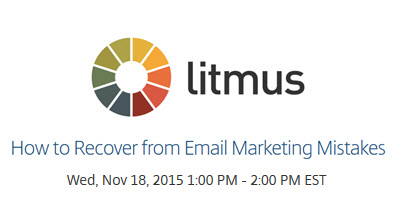 “I’ve made an email marketing mistake. Now what?”
“I’ve made an email marketing mistake. Now what?”
That’s not a question you want to answer on the fly and in a panic with your boss standing at your desk. You want to have a plan in place so you know exactly how to respond in a variety of circumstances.
In this webinar, I’ll share a decision framework for how to recover as gracefully as possible from email marketing mistakes. Join me as I put this framework into action, applying it to 10 real-life case studies of email marketing errors made in recent years.
This webinar is ideal for email marketers responsible for pressing “send” and for anyone involved in the email marketing QA process.
After registering, you will receive a confirmation email containing information about joining the webinar. The webinar will be recorded and all registrants will receive the slides and recording post-event.
“How to Recover from Email Marketing Mistakes”
Wed., Nov. 18, 2015, 1-2 PM ET
>> Register for this free webinar
When Does the Holiday Season Start?
Posted on November 9, 2015
 Every year there’s handwringing over Christmas creep, the idea that holiday shopping starts earlier and earlier. The issue over whether retailers should open their stores on Thanksgiving has been a catalyst for discussions about this in recent years. That’s a complicated issue, but what’s not is whether consumers are interested in buying gifts and seasonal goods before Thanksgiving or even before Halloween. They are.
Every year there’s handwringing over Christmas creep, the idea that holiday shopping starts earlier and earlier. The issue over whether retailers should open their stores on Thanksgiving has been a catalyst for discussions about this in recent years. That’s a complicated issue, but what’s not is whether consumers are interested in buying gifts and seasonal goods before Thanksgiving or even before Halloween. They are.
According to the National Retail Federation’s Holiday Consumer Spending Survey:
“For the 14th year in a row, NRF’s holiday spending survey found that approximately 40 percent of holiday shoppers say they begin their holiday shopping before Halloween. Another 41.5 percent say they begin their holiday shopping in November, and 18.7 will begin sometime in December.
When asked why they begin shopping early, most of those that responded that they shop before or in September or October say it’s to spread out their budget (61.4%). Another 48 percent say they want to avoid the November and December crowds and 46 percent do so to avoid the stress of last-minute shopping.”
I was recently asked on Twitter when the holiday season starts for major retailers. My response was: “The holiday season is whenever you can sell seasonal products and Christmas gifts.”
The question reminded me of this June 5, 2012 Norm Thompson email, where they’d updated images to indicate which products had sold out:
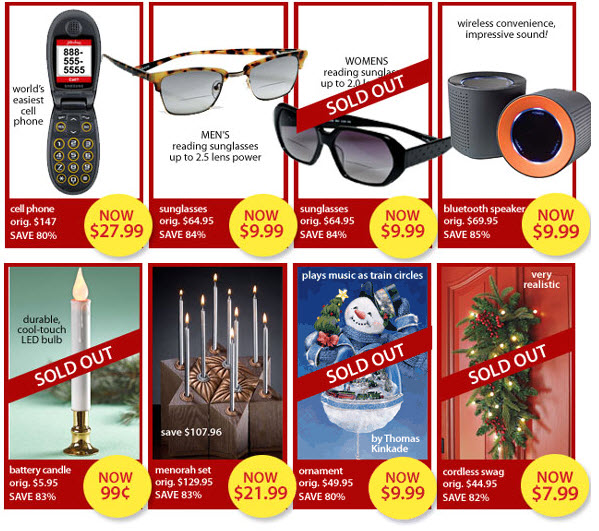
Four of the eight products in that content block had sold out, including a snowman ornament and two other seasonal items.
I recently spoke to Internet Retailer about the start of the email marketing holiday season and issues around email messaging and frequency.
>> Read the entire article on InternetRetailer.com
10 Tips to Get Your Email Marketing Program Ready for the Holiday Season
Posted on November 3, 2015
 It’s November, which means that it’s official: The holiday season is here!
It’s November, which means that it’s official: The holiday season is here!
Retailers, hopefully you’ve been warming up your subscribers and generating some early holiday sales over the past month or two, but now things start getting serious. To help you make the most of the holiday season, here are 10 tips that will make your email marketing results merrier:
- Use progressive profiling to send segmented offers.
- Add seasonal content to your triggered emails.
- Ensure your emails are rendering properly, particularly after the launch of iOS 9 Mail.
- Have an apology email templated and ready to go.
- Use preview text to support your subject lines.
- Use social media for aspirational discovery, and site search and purchase data for more practical discovery.
- Return to what has worked in the past.
- Resist the urge to email chronically inactive subscribers.
- Send mobile-friendly emails.
- Have a plan for Last Sleigh Day.
For a full discussion of each of these…
 Email Marketing Rules
Email Marketing Rules



